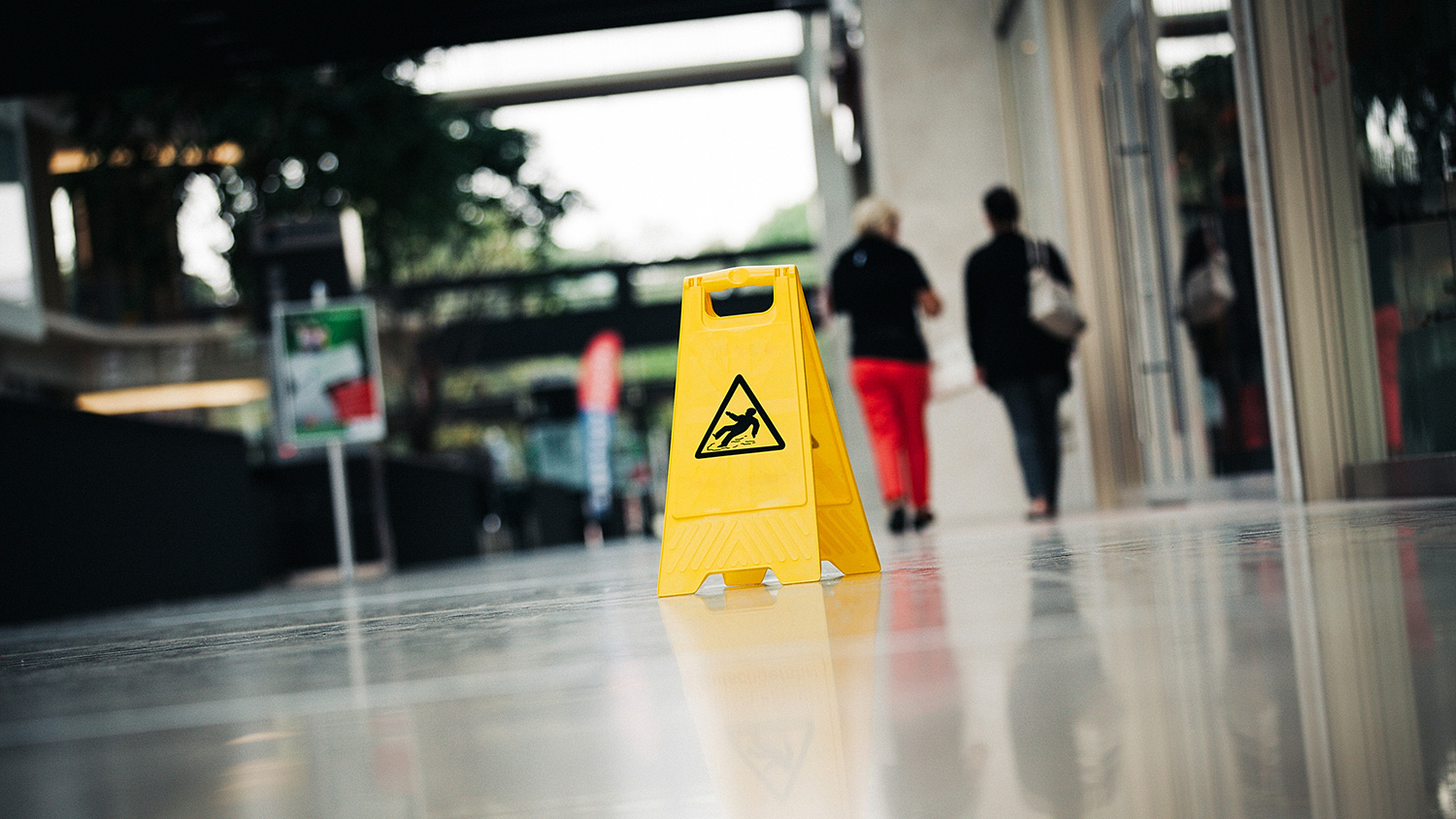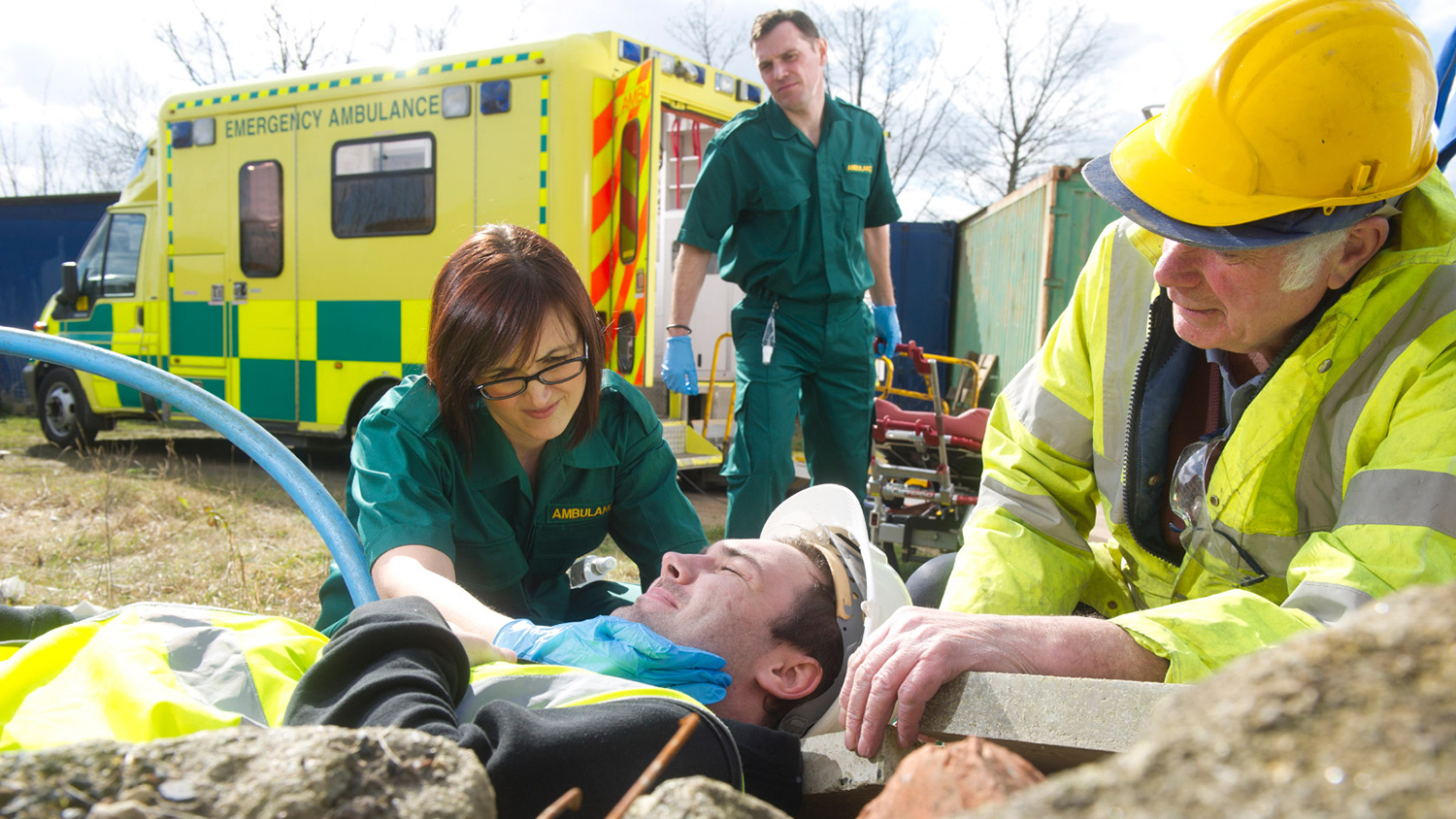
Briefing: What do the HSE’s statistics tell us about our approach to health and safety?
Each year, statistics relating to accidents, incidents, fatalities and occupational diseases are published. Organisations want to see how they have fared, or not. So do countries. How do we know and make sense of statistics that are shared across platforms? Well, says Claire Deacon, health and safety trainer at International Workplace, the adage of rubbish in, rubbish out applies. If the data collected is not sound, from credible sources, and able to be verified, then it is not reliable. The result is that the outcome could be skewed, and everyone is either going to go into panic mode, or be very happy to see the numbers, which may not be accurate. Resources and the management of work would suffer and perhaps be misplaced and the intention of reducing risk missed.
Statistics collected by the HSE – such as those published last week – have increased significantly from the late 1990s. When the trends are compared, one can get a sense of where the issues are that could and should be addressed by industry. Most of the data used by the HSE is collected by the Office for National Statistics (ONS), which is a form of census of selected populations in various households using postcodes. Reliability in the use of the ONS data has been reported as high as 85%, and is used widely. Other data is collected by employers reporting cases through the RIDDOR system.
The HSE has just published its annual statistics across a range of areas that have been linked to work. More than 1.8 million workers in the UK are estimated to have become ill or existing conditions worsened by the work they do. At a cost of well over £20bn to the fiscus, this money could have been put to better use if those responsible were mitigating their risks.
Over time, the range of aspects that are considered has changed significantly. Of great interest are those related to psychological stressors. Health issues have always been a challenge to monitor, and indeed to manage, as there has been a traditional focus on the safety aspect. Key issues from the HSE statistics relating to occupational health to note include, among others:
- Stress, depression and anxiety are the most significant to have increased, with numbers higher than those reported during the coronavirus pandemic. Although not as high as the work-related ill health related cases, there is a significant increase. Industries affected by stress, depression or anxiety include human health (medical) and social work, public administration and defence and education.
- The current rate of work-related ill health is higher than pre-coronavirus level with just over 5,000 cases per 100,000 workers.
- Musculoskeletal or ergonomically related conditions are similar to pre-coronavirus levels, which amount to marginally less than 1,500 cases per 100,000. Industries affected include administrative and support, construction and human health/social work. Back injuries and upper limb injuries are most common.
- Respiratory diseases relating to asbestos such as mesothelioma and ‘lung problems’ are showing small changes, as these cases take many years to develop and may well be missed by health professionals. Due to the limitations placed on industries relating to these areas of work, numbers are predicted to drop over the next decade.
In terms of injuries, 135 workers lost their lives at work in the UK in 2022/23. This is a far cry from the numbers recorded in the 1970s and current legislation is reported to have reduced fatalities at work by approximately 85%.
- Non-fatal injuries have affected more than 0.5 million lives. Many resulted in more than seven days away from work. Numbers are currently marginally below what they were pre-Coronavirus. Most (32%) related to slips, trips and falls, followed by manual handling (17%) and being struck by moving objects (11%).
- A total of 45 fatalities occurred in the construction sector, with the remainder from agriculture, forestry and fishing, and then manufacturing, wholesale, retail, motor repair, accommodation and food.
- Approximately 25% of fatalities were among those older than 60 years.
- A total of 40 fatalities were from falls from height, followed by being struck by objects (29) and being struck by a moving vehicle (12).
The current drive across many organisations is to strive for a vision of zero accidents. Anything less would not be a good message to share, as it means it is acceptable for injuries and fatalities to occur. The high rate of stress, depression and anxiety calls for an integrated approach to those in human resources and occupational health to link more closely with those in general ‘safety’ and management. The vision of zero accidents cannot occur without a unified approach.








